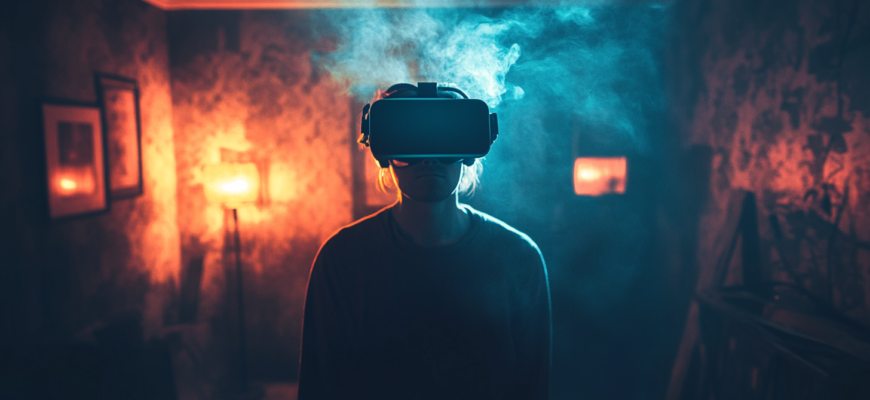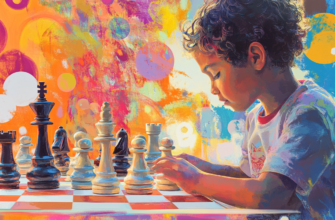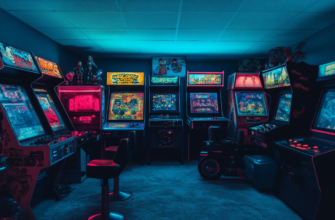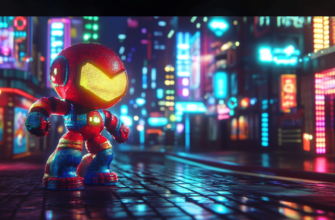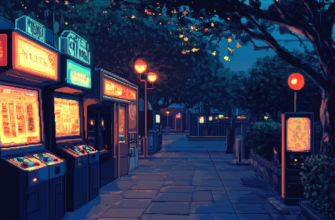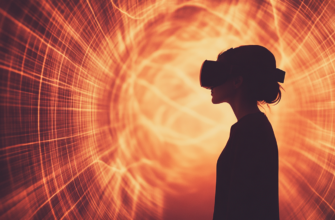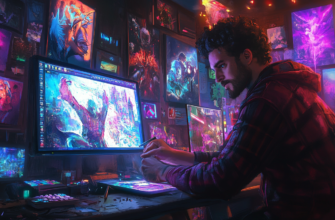- Exploring how VR is transforming the horror gaming experience
- What makes VR a game changer for horror games?
- 1. Heightened immersion with 360-degree views
- Tip: Take your time to absorb the environment
- 2. Physical interactions in VR increase tension
- Tip: Get comfortable with interacting in the virtual space
- 3. Distorted perception of time and space
- Tip: Take breaks!
- 4. Increased vulnerability due to the loss of other senses
- Tip: Clear your play space
- 5. Haptic feedback and sensors intensify the experience
- Tip: Try out accessories to enhance immersion
- Notable VR horror titles you need to try
- Conclusion: Is VR horror worth the heart-pounding terror?
Exploring how VR is transforming the horror gaming experience
Hey there, fellow gamer! So, you’ve probably noticed how VR gaming is becoming more and more of a trend lately. And if you’re like me, an avid fan of horror games, you might have also noticed how terrifying these games have become thanks to virtual reality. We’re talking about a whole new level of immersion that just wasn’t possible on traditional screens before. In this article, I’ll dive deep into how VR is reshaping the way we experience horror games — and trust me, it’s scarier than ever before. So grab onto something, because this ride is about to get bumpy!
What makes VR a game changer for horror games?
If you’ve ever played horror games on a regular console or PC, you know how those jump-scares can get your heart racing. But now, with VR, it’s a whole different ball game. In VR, you’re not just watching the action unfold — you are actually *inside* the game. Every step you take, every creak of the floor, and every shadow you see has a very real effect. Virtual reality amplifies the terror in ways that regular gaming just can’t.
Why? Because the physical distance between the player and the game is practically erased. You’re no longer staring at a screen; you’re trapped in an environment where psychological, sound, and visual horror elements surround you from all angles. With a VR headset strapped to your face, you start losing that mental safeguard that says, “It’s only a game.” The horror feels much more personal and impactful. Let’s break down how VR specifically changes the horror genre and makes it way more terrifying.
1. Heightened immersion with 360-degree views
The first obvious perk that VR brings to the horror genre is the immersive 360-degree environment. In traditional games, you’re limited to what’s displayed on your screen. You need to move your mouse or joystick to look around. But in VR, the horror exists in every direction at once, and it’s up to YOU to physically turn your head. Imagine hearing a faint noise behind you. In a regular game, you’d press a key to glance around. But in VR? You’re actually turning your head and seeing what’s behind you — and that’s a level of anxiety you can’t recreate anywhere else.
Tip: Take your time to absorb the environment
When playing VR horror, don’t rush. Let the creepy atmosphere sink in; explore the dark corners and listen to the eerie sounds. Make sure your VR rig includes high-fidelity headphones to add that extra layer of immersion. Your senses will be overloaded, and that’s a good thing in this genre.
2. Physical interactions in VR increase tension
Another major advancement that VR brings to horror games is spatial interaction. In VR, you’re manipulating objects with your actual hands. For example, if a monster is chasing you, you can’t just press a button to open a door. Nope, now you have to physically grab the doorknob, twist it, and push the door open yourself. That added layer of interaction slows you down, which makes scary moments that much more intense.
Tip: Get comfortable with interacting in the virtual space
Before diving into a VR horror game, spend some time in less intense VR titles just to get used to how environments react to your movements. Play games where you interact with virtual objects (even non-horror ones) until those physical motions become natural. You don’t want to be fumbling with a virtual flashlight with a ghost in the room, trust me!
3. Distorted perception of time and space
One of the effects that makes VR horror even more bone-chilling is the way it distorts your sense of time and space. When you’re wearing a VR headset, your perception of reality starts to bend. You become so engrossed in the virtual world that the real world fades away. This is particularly unsettling in horror games where suspense can build up for long stretches of time. A VR horror game isn’t a “quick in and out” experience — the longer you play, the more absent-minded you become of what’s real and what’s not.
Tip: Take breaks!
In VR, time flies differently. For horror games that can be both a good and bad thing. It might feel like an hour has passed when it’s only been 20 minutes. Remember to immerse but also take regular intervals to mentally reset — especially if the game you’re playing has a lot of psychological horror elements. No need to lose sleep over a game, right?
4. Increased vulnerability due to the loss of other senses
When you’re playing a VR horror game, most of your real-world senses are cut off — especially your peripheral vision. With the headset on, you’re locked into the game’s world, blind to what’s around you in your physical environment. This loss of awareness breeds vulnerability, and that’s what the horror genre feeds off of. The game designers know this, and they design terrifying scenarios that can strike from any angle. In regular gaming, you always have that sense of being in control, but in VR, you *feel* like prey being hunted. You can’t pause mid-jump scare as easily as you might with your regular monitor. Things get real fast.
Tip: Clear your play space
This might sound like a no-brainer, but before you start a VR horror session, double-check that your play area is absolutely free of obstacles. Make sure nothing is there to trip you up because believe me, the LAST thing you want is to jump for real and land on the floor. If you’re lucky, you’ll only lose a bit of dignity. If you’re not lucky, you might break something.
5. Haptic feedback and sensors intensify the experience
Haptic feedback is becoming more integrated into many VR setups, and it’s a game-changer when it comes to horror. Whether it’s a vibration in your controller to simulate the heartbeat of your character or touch-sensitive gloves that give real-world textures to virtual objects, these elements make the virtual world feel tangible. For instance, imagine feeling a slight vibration when you’re sneaking through an abandoned hospital with monsters lurking around. It simulates fear on a physical level, making the entire experience more terrifying.
Tip: Try out accessories to enhance immersion
Haptic vests, controllers, and gloves can make horror games that much more terrifying — and therefore, even more fun for horror enthusiasts. If you’re invested in your VR rig, consider getting extra peripherals to deepen your sensory experience. But only attempt this if you think you can handle the stress!
Notable VR horror titles you need to try
Looking to experience everything we just covered? Here are a few VR horror games that perfectly showcase how VR is transforming the genre:
- Resident Evil 7: Biohazard – The first AAA VR horror game that successfully transitioned from a regular screen to a full VR experience. The Baker family will haunt your nightmares.
- Phasmophobia – A multiplayer ghost-hunting experience designed to scare the heck out of you and your friends. Voice recognition and VR never felt so terrifying.
- The Exorcist: Legion VR – Dive face-first into supernatural horror as you become a detective investigating curses, possessions, and dark rituals.
- The Walking Dead: Saints and Sinners – If you’re into zombie apocalypse horror, this is one of the best, deeply immersive zombie survival games available in VR.
Conclusion: Is VR horror worth the heart-pounding terror?
So, there you have it! VR is changing the horror genre in ways that push the medium’s limitations. By increasing immersion, interaction, and sensory deprivation, VR has managed to make horror experiences much more personal, intense, and visceral. As your bro, my advice is to absolutely give VR horror a try if you haven’t yet — but brace yourself for a level of tension and fear that flat monitors simply can’t offer. Virtual reality might just redefine what you consider “scary,” so dive in prepared and have fun getting scared…if you dare.
Do you think you’re ready to face true VR terror? Let me know your thoughts in the comments below, and don’t hesitate to share your own VR horror experiences!

